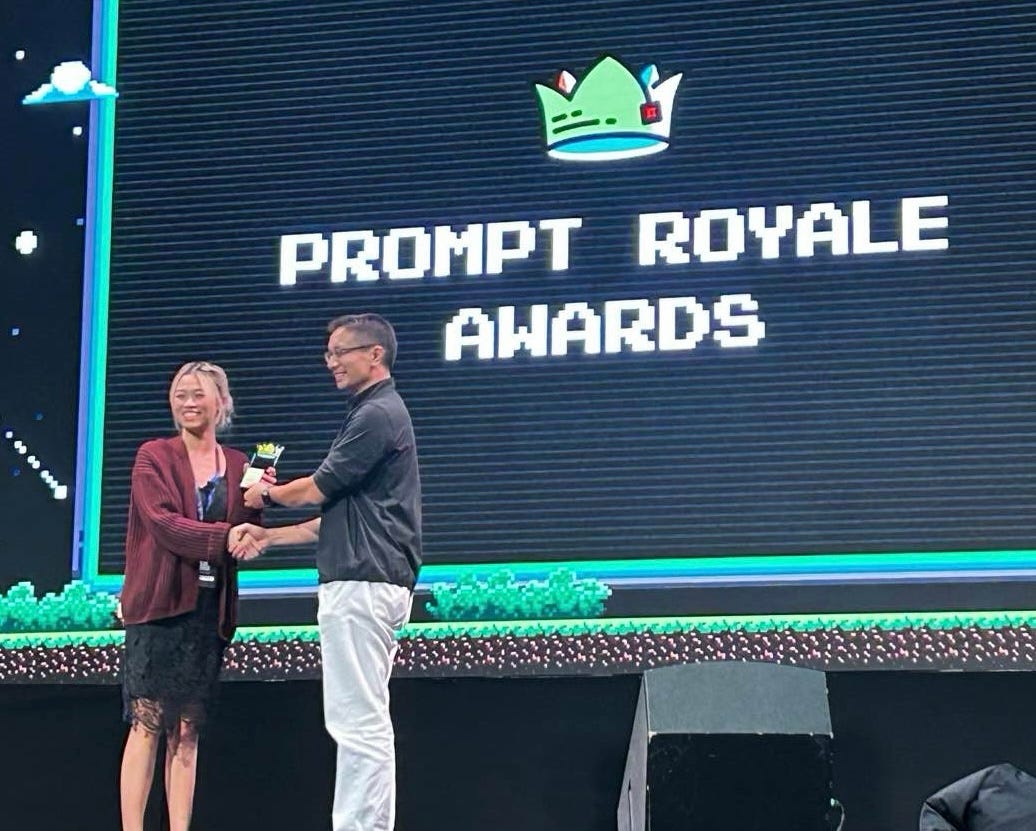Last month, I had the incredible honor of winning Singapore’s first ever GPT-4 Prompt Engineering competition, which brought together over 400 prompt-ly brilliant participants, organised by the Government Technology Agency of Singapore (GovTech).
Prompt engineering is a discipline that blends both art and science — it is as much technical understanding as it is of creativity and strategic thinking. This is a compilation of the prompt engineering strategies I learned along the way, that push any LLM to do exactly what you need and more!
This article covers the following, with 🟢 referring to beginner-friendly prompting techniques while 🟠 refers to advanced strategies:
1. [🟢] Structuring prompts using the CO-STAR framework
2. [🟢] Sectioning prompts using delimiters
3. [🟠] Creating system prompts with LLM guardrails
4. [🟠] Analyzing datasets using only LLMs, without plugins or code —
With a hands-on example of analyzing a real-world Kaggle dataset using GPT-4
Effective prompt structuring is crucial for eliciting optimal responses from an LLM. The CO-STAR framework, a brainchild of GovTech Singapore’s Data Science & AI team, is a handy template for structuring prompts. It considers all the key aspects that influence the effectiveness and relevance of an LLM’s response, leading to more optimal responses.
Here’s how it works:
(C) Context: Provide background information on the task
This helps the LLM understand the specific scenario being discussed, ensuring its response is relevant.

